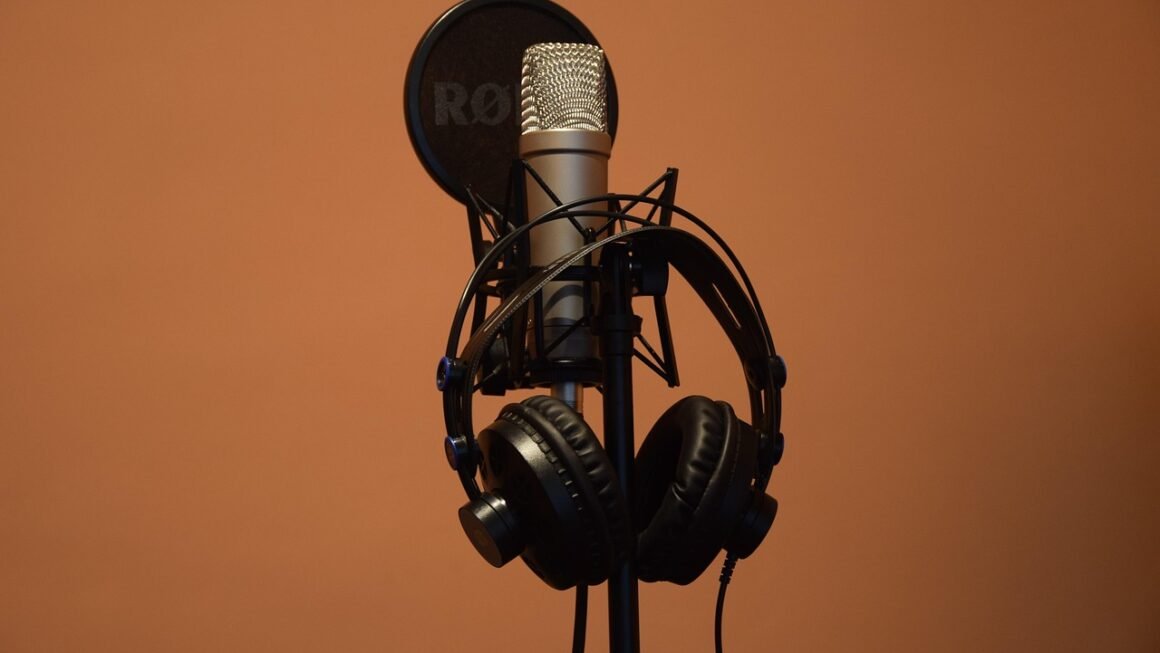The anticipation, the artwork, the carefully curated tracklist – the album release is a sacred ritual for music lovers. More than just a collection of songs, an album is a statement, an experience, and a snapshot of an artist’s journey. Understanding the intricacies of album releases, from planning to promotion, is crucial for both artists and fans alike. This comprehensive guide explores everything you need to know about album releases in today’s dynamic music landscape.
Planning Your Album Release
Setting Realistic Timelines
Planning is paramount. Rushing an album release can be detrimental, leading to missed opportunities and subpar results. A well-structured timeline is your roadmap to success.
- Pre-Production (3-6 months): This phase involves songwriting, demos, pre-production, and budgeting.
- Recording (1-3 months): Dedicated time for recording, mixing, and mastering your tracks.
- Post-Production (2-4 months): Artwork creation, music video production, marketing planning, and securing distribution.
- Promotion (1-3 months leading up to release): Teaser campaigns, single releases, pre-saves, and media outreach.
- Example: Imagine an indie band aiming for a summer album release. They should ideally begin pre-production during the previous fall to ensure ample time for each stage.
Defining Your Target Audience
Knowing your audience is crucial for effective marketing. Consider these factors:
- Demographics: Age, location, gender, income, education.
- Psychographics: Interests, values, lifestyle, personality.
- Listening Habits: Platforms they use, genres they enjoy, artists they follow.
- Actionable Takeaway: Conduct audience research through social media polls, surveys, or analyzing your existing fanbase’s data. Platforms like Spotify for Artists and Apple Music for Artists provide valuable insights.
Setting a Budget
Album production and promotion require financial investment. A realistic budget prevents overspending and ensures you can execute your vision effectively.
- Recording Costs: Studio time, mixing, mastering, producer fees.
- Marketing & Promotion: PR, advertising, music video production, social media campaigns.
- Distribution & Licensing: Royalties, streaming fees, distribution platform costs.
- Artwork & Design: Album cover design, photography, graphic design.
- Example: A budget breakdown for a self-funded album might allocate 40% to recording, 30% to marketing, 15% to distribution, and 15% to artwork and design.
Choosing the Right Distribution Strategy
Independent vs. Major Label Distribution
The distribution method significantly impacts your album’s reach and revenue potential.
- Independent Distribution: Artists retain full creative control and ownership but handle all distribution and marketing responsibilities. Platforms like DistroKid, CD Baby, and TuneCore are popular choices.
- Major Label Distribution: Offers wider reach, significant marketing resources, and industry connections. However, artists typically cede some creative control and ownership in exchange for these advantages.
- Actionable Takeaway: Carefully weigh the pros and cons of each option based on your resources, goals, and level of control you desire.
Digital Distribution Platforms
Selecting the right digital distribution platform is essential for reaching your target audience.
- Spotify: The largest streaming platform with a vast audience. Focus on playlist pitching and algorithmic reach.
- Apple Music: Strong integration with Apple devices and a loyal user base. Optimize for Apple Music’s editorial playlists.
- Amazon Music: Growing platform with a diverse audience. Leverage Amazon’s marketing tools and reach.
- YouTube Music: Integrated with YouTube’s vast video library. Utilize visualizers and lyric videos to enhance the listening experience.
- Example: Prioritize submitting your music to Spotify’s editorial playlists if your target audience heavily uses Spotify.
Physical Distribution (Vinyl, CD, Cassette)
Despite the rise of digital music, physical formats still hold value for collectors and fans who appreciate the tangible experience.
- Vinyl: High-quality audio and collectibility make it a popular choice.
- CD: A cost-effective option for wider distribution.
- Cassette: A niche format that appeals to retro enthusiasts.
- Actionable Takeaway: Consider offering limited-edition physical copies to incentivize fans and create a sense of exclusivity.
Marketing and Promotion Strategies
Building Anticipation with Singles and Teasers
Releasing singles and teasers before the album creates anticipation and drives pre-saves.
- Release 2-3 singles strategically: Choose tracks that represent the album’s overall sound and appeal to your target audience.
- Create visually appealing teasers: Use short video clips, behind-the-scenes footage, or artwork reveals to generate buzz on social media.
- Run pre-save campaigns: Encourage fans to pre-save your album on streaming platforms to boost its initial chart performance.
- Example: Release a catchy, upbeat single a month before the album release, followed by a more introspective track two weeks before, showcasing the album’s range.
Social Media Marketing and Engagement
Social media is a powerful tool for connecting with fans and promoting your album.
- Create engaging content: Share behind-the-scenes photos and videos, interact with fans in live Q&A sessions, and run contests and giveaways.
- Use relevant hashtags: Increase discoverability by using hashtags related to your genre, style, and target audience.
- Collaborate with influencers: Partner with relevant influencers to reach new audiences and generate buzz.
- Actionable Takeaway: Develop a consistent social media posting schedule and tailor your content to each platform’s unique audience.
Public Relations and Media Outreach
Securing media coverage can significantly boost your album’s visibility and credibility.
- Craft a compelling press release: Highlight the album’s key themes, musical influences, and any unique aspects.
- Target relevant media outlets: Identify blogs, magazines, and radio stations that cater to your genre and audience.
- Build relationships with journalists and bloggers: Network with media professionals and offer exclusive content or interviews.
- Example: Send advance copies of your album to music critics and bloggers to solicit reviews and generate pre-release buzz.
Analyzing Results and Adapting
Tracking Key Performance Indicators (KPIs)
Monitoring your album’s performance is crucial for understanding what’s working and what’s not.
- Streaming Numbers: Track plays, saves, and follows on Spotify, Apple Music, and other platforms.
- Social Media Engagement: Monitor likes, shares, comments, and follower growth.
- Sales Data: Analyze physical and digital sales to understand which formats are resonating with your audience.
- Website Traffic: Track website visits, page views, and downloads.
- Actionable Takeaway: Use analytics tools provided by distribution platforms and social media to track your KPIs and identify areas for improvement.
Gathering Feedback and Making Adjustments
Soliciting feedback from fans and industry professionals can provide valuable insights.
- Engage with fans on social media: Ask for their opinions on your music, artwork, and marketing efforts.
- Seek feedback from industry peers: Share your album with other musicians, producers, and industry professionals and ask for their honest opinions.
- Adapt your strategy based on feedback: Be willing to make adjustments to your marketing plan or even your music based on the feedback you receive.
- Example:* If fans are consistently requesting a particular song at live shows, consider releasing it as a single or creating a music video for it.
Conclusion
The journey of releasing an album is a complex but rewarding process. From meticulous planning and strategic distribution to engaging marketing and continuous analysis, each step plays a vital role in your album’s success. By understanding the nuances of the modern music landscape and adapting to its ever-changing dynamics, artists can maximize their reach, connect with their audience, and ultimately, share their music with the world. Embrace the challenge, stay creative, and enjoy the ride!



